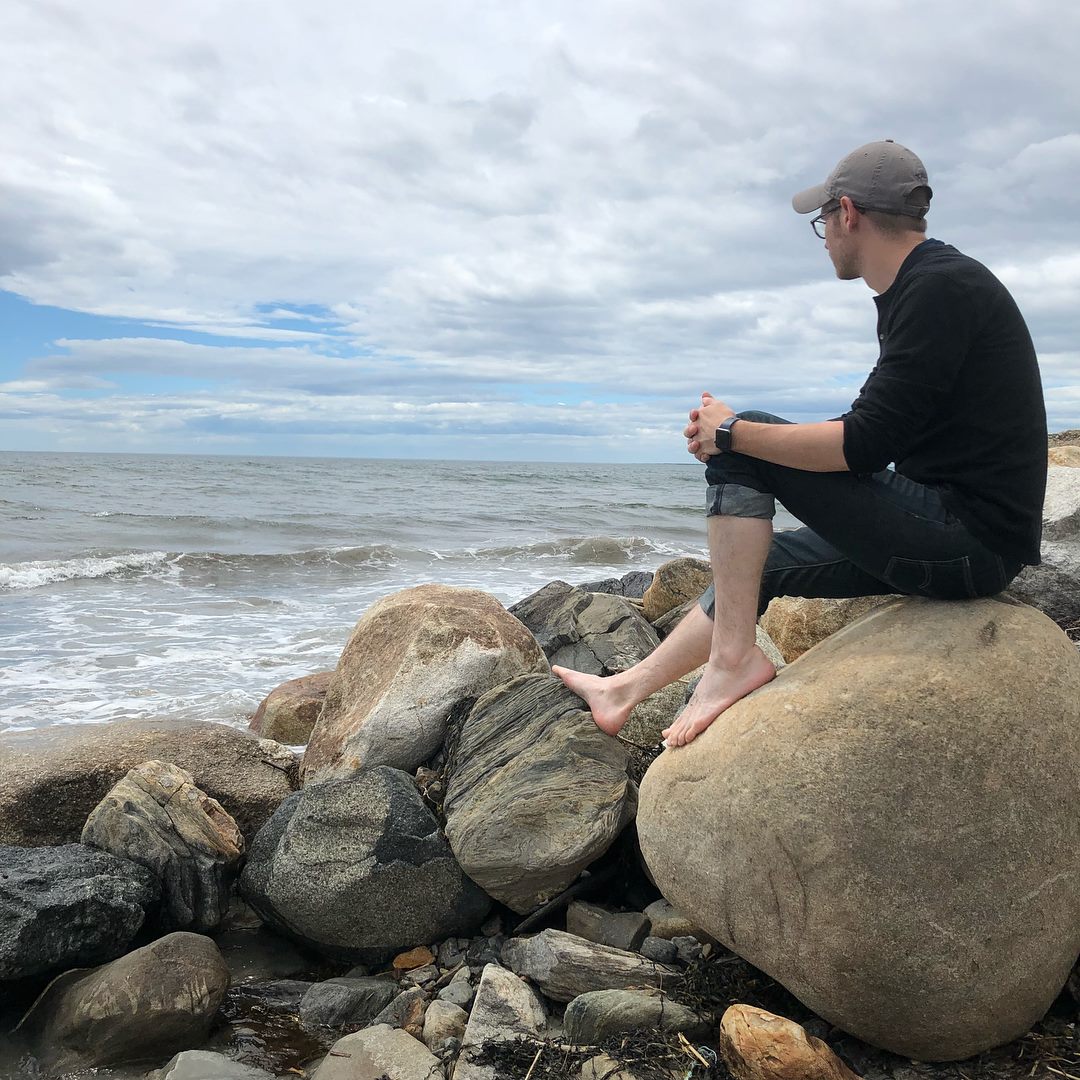Thomas J. Langford Ph.D.

Research Computing Facilitator, Yale Center for Research Computing
Yale Center for Research Computing:
I’m a Research Computing Facilitator and recovering academic at the Yale Center for Research Computing. Coming from the data-intensive field of nuclear and particle physics I have an interest in helping researchers wrangle their computing needs.
I spent 15 years working on developing instrumentation to detect interactions from neutrons and neutrinos. After building these detectors I found myself needing software tools to collect, manage, simulate, and analyze large volumes of data. This lead me to working on a variety of HPC systems, mainly in a high-throughput mode of parallel computing.
After getting a taste of HPC, I got pulled into the world of research support, first for my colleagues and then as a part-time member of YCRC. I discovered that I really enjoyed helping people learn about HPC, and in early 2022 took the leap to join YCRC full-time.
Since becoming a full-time RCF I have taken a deep dive into tightly coupled parallel workflows and applying an experimentalist mentality to cluster benchmarking and node profiling. I currently help maintain YCRC’s largest cluster, Grace, which hosts all our MPI-based workflows.
Academic experience
When I first came to New Haven I was a member of the Yale Wright Laboratory studying the properties of neutrinos. I collaborated on a collection of neutrino oscillation experiments, including Daya Bay, PROSPECT, and DUNE. Daya Bay published the most precise measurement of Theta-13 (arXiv:1809.02261). Their measurement of the reactor neutrino flux is in agreement with previous experiments’ observed flux-deficit, contributing to the outstanding questions of sterile neutrinos and reactor flux predictions. Separately, the measured spectrum of antineutrinos deviates from state of the art theoretical predictions, possibly indicating holes in our understanding of reactor physics (arXiv:1508.04233).
The PROSPECT experiment (prospect.yale.edu) addressed both these anomalies through the deployment of segmented lithium-loaded liquid scintillator detector at the High Flux Isotope Reactor at Oak Ridge National Lab. As a compact, highly-enriched uranium reactor, HFIR is well-suited for an experiment to explore short baseline oscillations and precisely measure the 235U antineutrino spectrum. Commissioned in early 2018, PROSPECT published a world-leading measurements of the 235U spectrum (arXiv:1812.10877) and a search for sterile neutrino oscillations (arXiv:1806.02784).
Before joining Wright Laboratory, I received my BS, MS, and PhD from the University of Maryland, College Park. Working in the Experimental Nuclear Physics group, my thesis was on the development of segmented fast neutron spectrometers. Two such detectors, FaNS-1 and FaNS-2, were built and characterized at the National Institute of Standards and Technology in Gaithersburg, MD before being installed at different underground laboratories. The detectors then measured the ambient fast neutron flux and spectra at different depths of overburden. These measurements have wide-ranging impact from low-background underground experiments to the detection of special nuclear material.
Education:
Ph.D. 2013, University of Maryland, Experimental Nuclear Physics
Thesis Advisor: Prof. Elizabeth Beise
Dissertation Title: Measurement of the Surface and Underground Neutron Spectra with the UMD/NIST Fast Neutron Spectrometers (link)
Degree Date: October, 2013